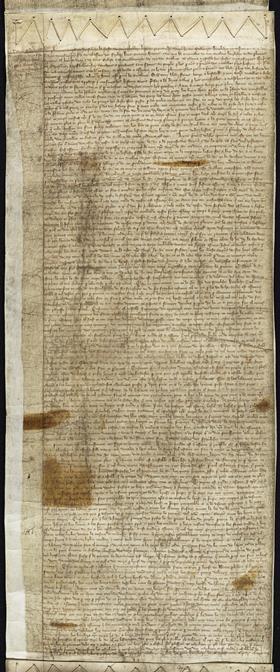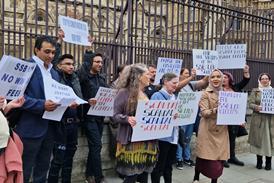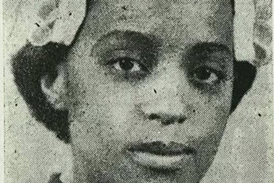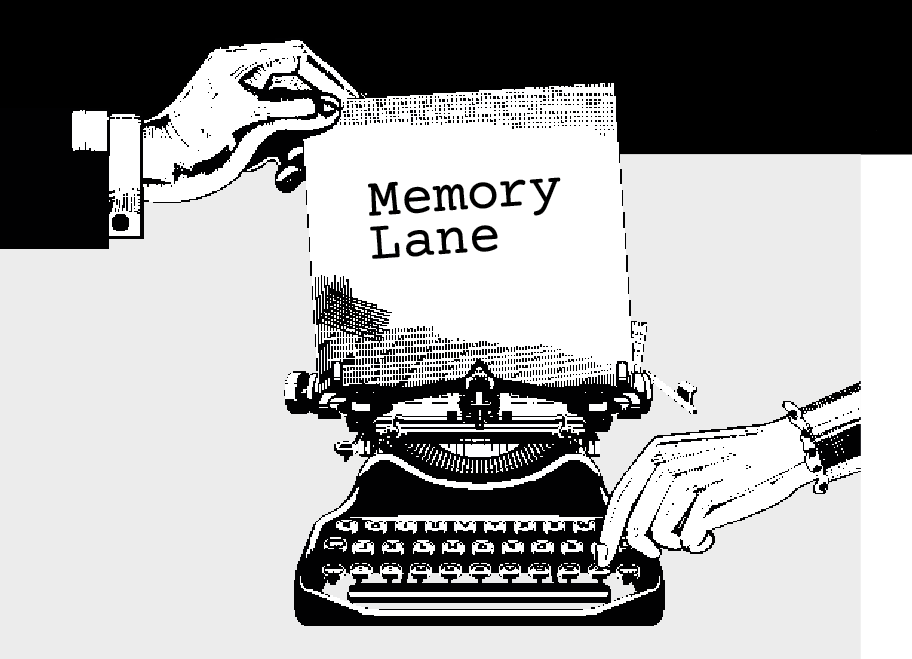The parchment roll setting out the offence under which Guido Fawkes was hanged drawn and quartered goes on public display for the first time tomorrow - November 5. The 1351 Treason Act codified the common law, spelling out in Norman French the penalties for anyone who 'doth compass or imagine the Death of our Lord the King...'.
Other exhibits in Treason: People, Power & Plot at the National Archives in Kew include Guy Fawkes' signed declaration and the personal effects of William Joyce 'Lord Haw-Haw', the last person to be executed for treason, in 1946.

The free exhibition explores stories as diverse as the charges brought against Anne Boleyn in 1536, and the trial and execution of Charles I in 1649, to the efforts of enslaved Baptist preacher Samuel Sharpe and his support for emancipation in Jamaica in 1832, and the work of John Frost and the Chartist movement leading to the 1839 Newport Rising and, ultimately, the extension of voting rights.
Chillingly, an exhibit points out that Treason Act is still in force: 'The exact legal meaning of treason has shifted…adapting to suit the needs and fears of those in power.’































1 Reader's comment